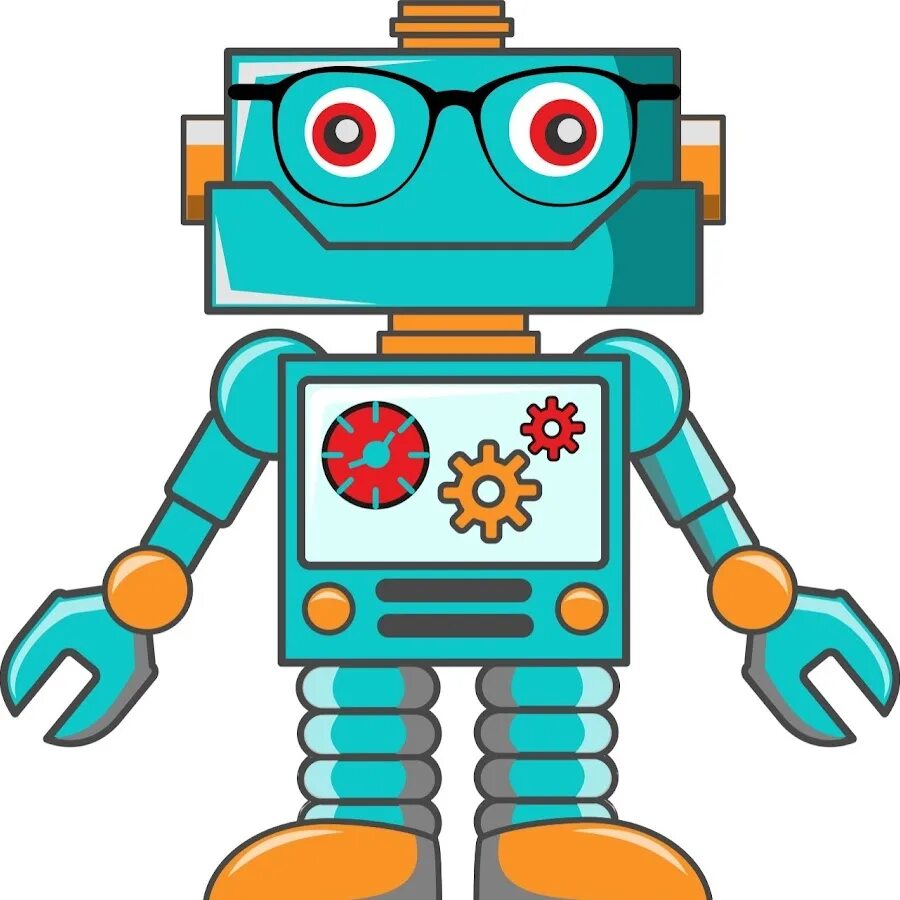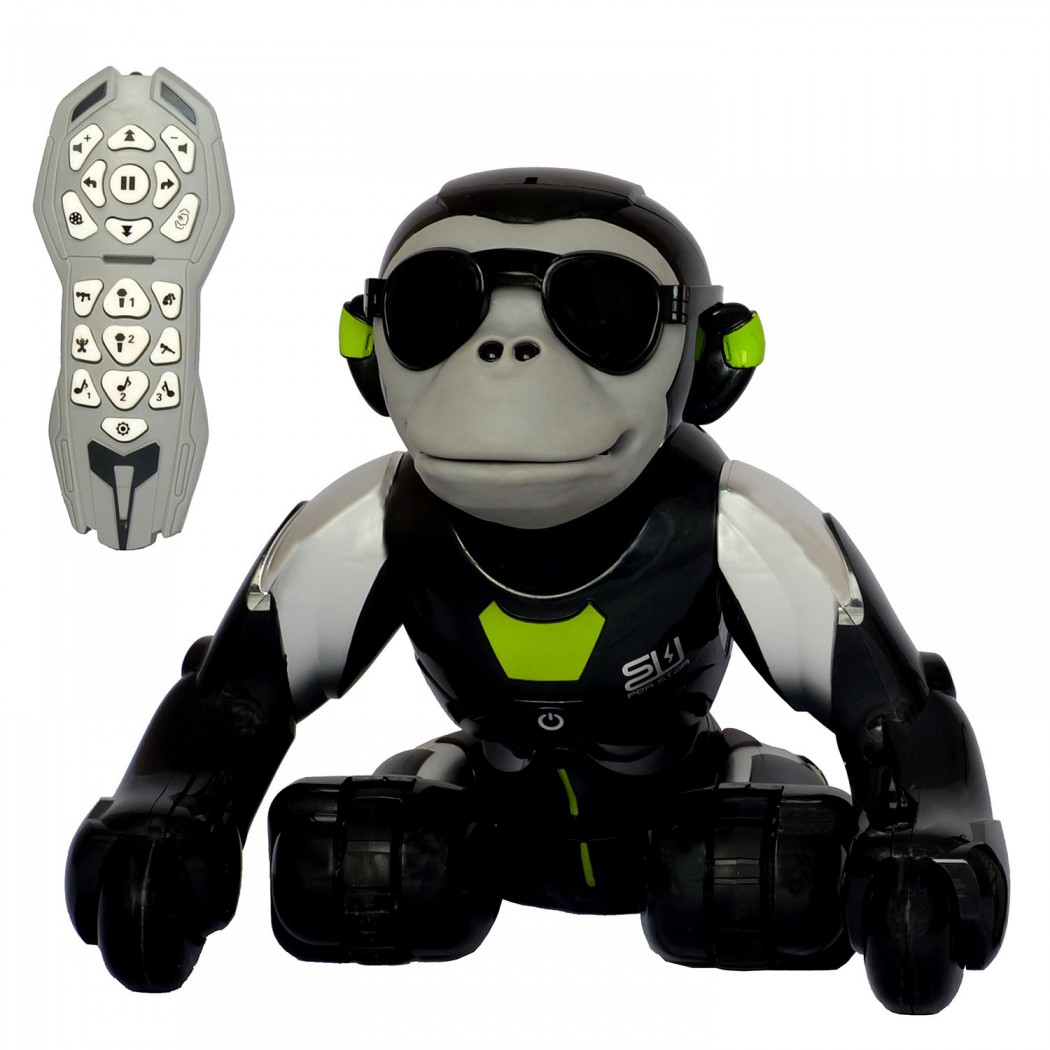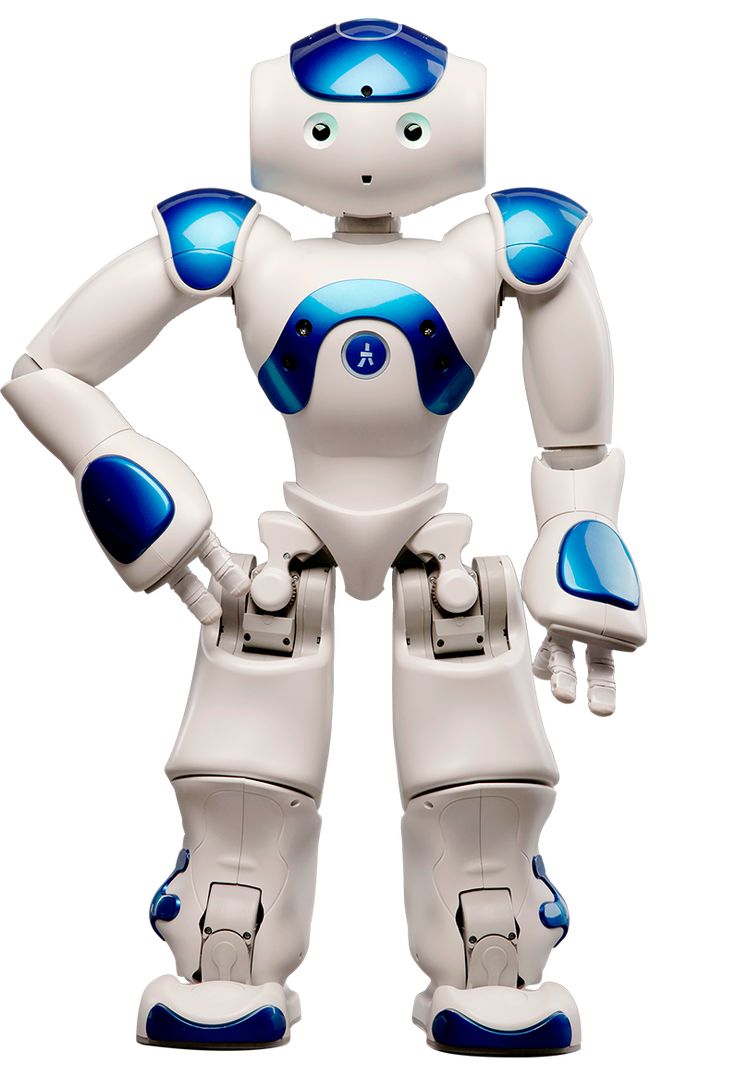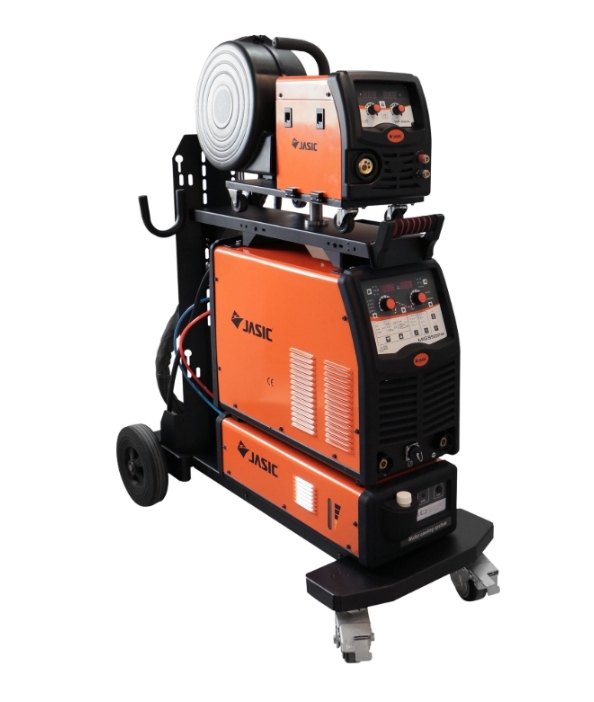As manufacturers push to unlock higher productivity through automation, dealing with variance and uncertainty on the factory floor remains a key challenge. Micropsi Industries aims to solve this with the release of MIRAI 2, the latest generation of its advanced AI vision software for robotic automation systems.
MIRAI 2 introduces five major new features squarely focused on boosting manufacturers' ability to reliably deploy automation across complex real-world conditions and scale solutions across entire robot fleets.
"MIRAI 2 is all about scale: It's MIRAI for more powerful robots, larger fleets of robots, and tougher physical environments," said Ronnie Vuine, founder of Micropsi and head of product development. "We've let our most demanding automotive OEM customers drive the requirements for this version without sacrificing the simplicity of the product."
At its core, MIRAI harnesses cutting-edge machine learning to allow robots to dynamically adapt to changes in position, shape, color, lighting, backgrounds and more - a stark contrast to traditional machine vision's brittleness. MIRAI 2 builds on this core capability with new tools to enhance reliability, streamline deployment, and future-proof automation systems.
Key to reliability is MIRAI 2's new abnormal condition detection feature. It allows users to configure the software to automatically pause automation skills if unexpected situations arise, preventing errors and enabling exception handling routines. This makes MIRAI skills more robust to variance.
Perhaps MIRAI 2's biggest innovation is a new robot skill-sharing capability. Users can record robust computer vision skills by aggregating data from multiple robots and environments into a single unified model. This makes it easy to deploy the same skill across an entire fleet with little to no extra training required, even if conditions vary slightly between installations.
"If you've trained a robot to pick up a part in one workcell, you can instantly transfer that skill to other robots and workcells facing nearly identical conditions, like lighting and background," explained Vuine. "It's a game-changer for scaling MIRAI skills across large facilities and multi-plant operations."
MIRAI 2 further simplifies training and deployment through semi-automatic data recording. Rather than manually guiding robots, the software can now automatically capture both visual data and corresponding robot poses across different training scenarios defined by the user.
Additional enhancements include the ability to run MIRAI without a force/torque sensor - reducing costs and complexity - as well as an option to deploy on ruggedized industrial PCs for higher reliability in harsh factory conditions.
"By integrating new features and capabilities into our offerings, we can address the unique challenges faced by these industries even more effectively," said Gary Jackson, Micropsi's newly appointed CEO. "We've assembled expert teams that combine our in-house talent with select system integration partners to ensure our customers' projects are supported successfully, no matter how complex."
As demands for greater automation intensity and flexibility continue rising, MIRAI's vision-enabled robotics could hold the key to unlocking scalable solutions that can reliably adapt to the real world. With MIRAI 2, Micropsi is doubling down on that core value proposition for its industrial customers.
The new MIRAI 2 software is available immediately through Micropsi's sales channels. Customers can leverage the company's integration partner network to get the latest version deployed across their automation systems and start reaping the benefits of greater reliability and cross-deployment simplicity.














